
Brian He
The mind of a software engineer, occasionally seduced by neuroscience

The mind of a software engineer, occasionally seduced by neuroscience
Software engineer applying computer vision and AI for use in creative robotics applications.
Currently working (and master's student) at
Carnegie Mellon University.
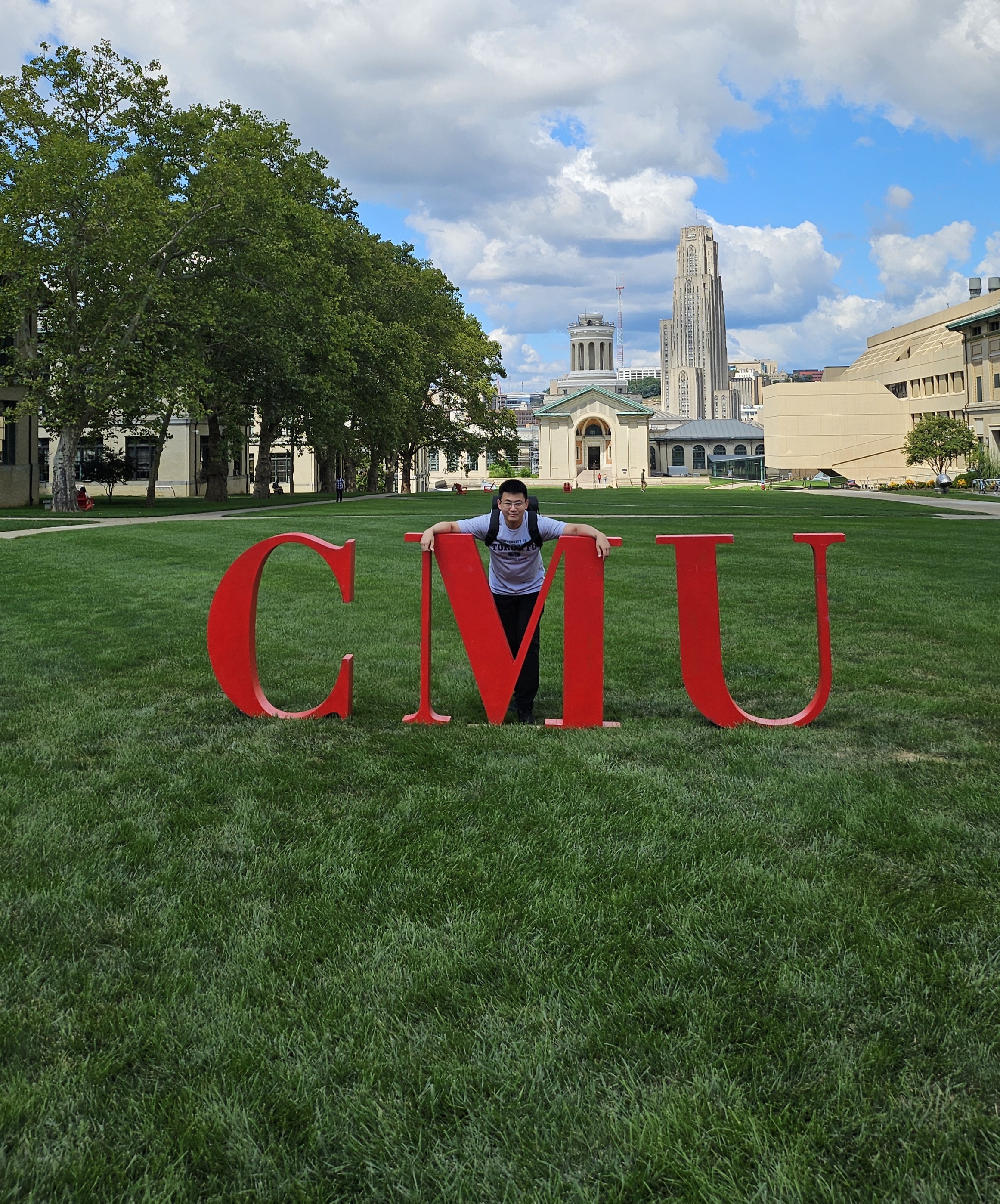 developing control interfaces in game/physics engines for humanoid robots.
Previously co-founded
HIRN Interactive
developing control interfaces in game/physics engines for humanoid robots.
Previously co-founded
HIRN Interactive
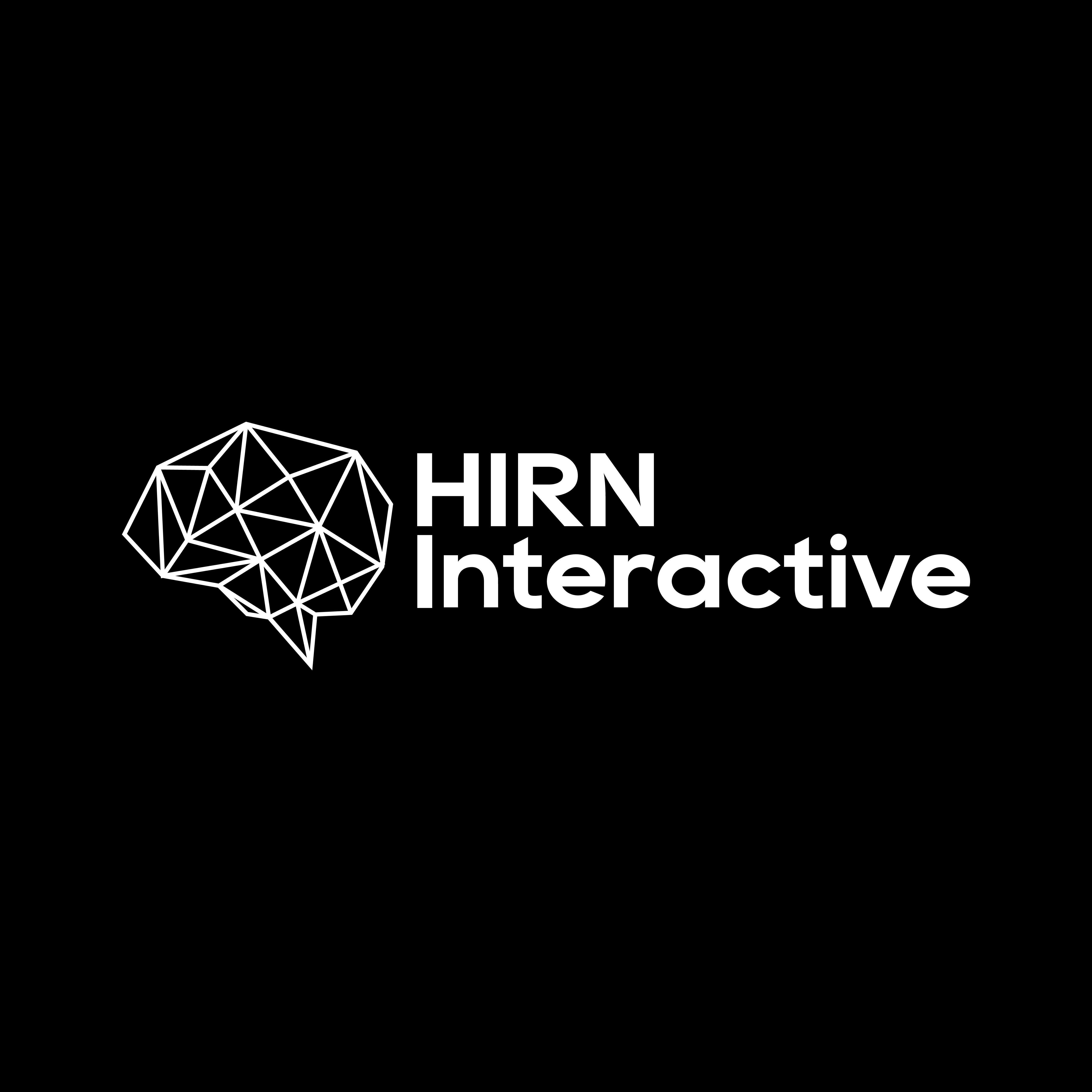 making virtual reality software for neuroscience research communication. And prior to that,
Honours bachelor's of science at the
University of Toronto
making virtual reality software for neuroscience research communication. And prior to that,
Honours bachelor's of science at the
University of Toronto
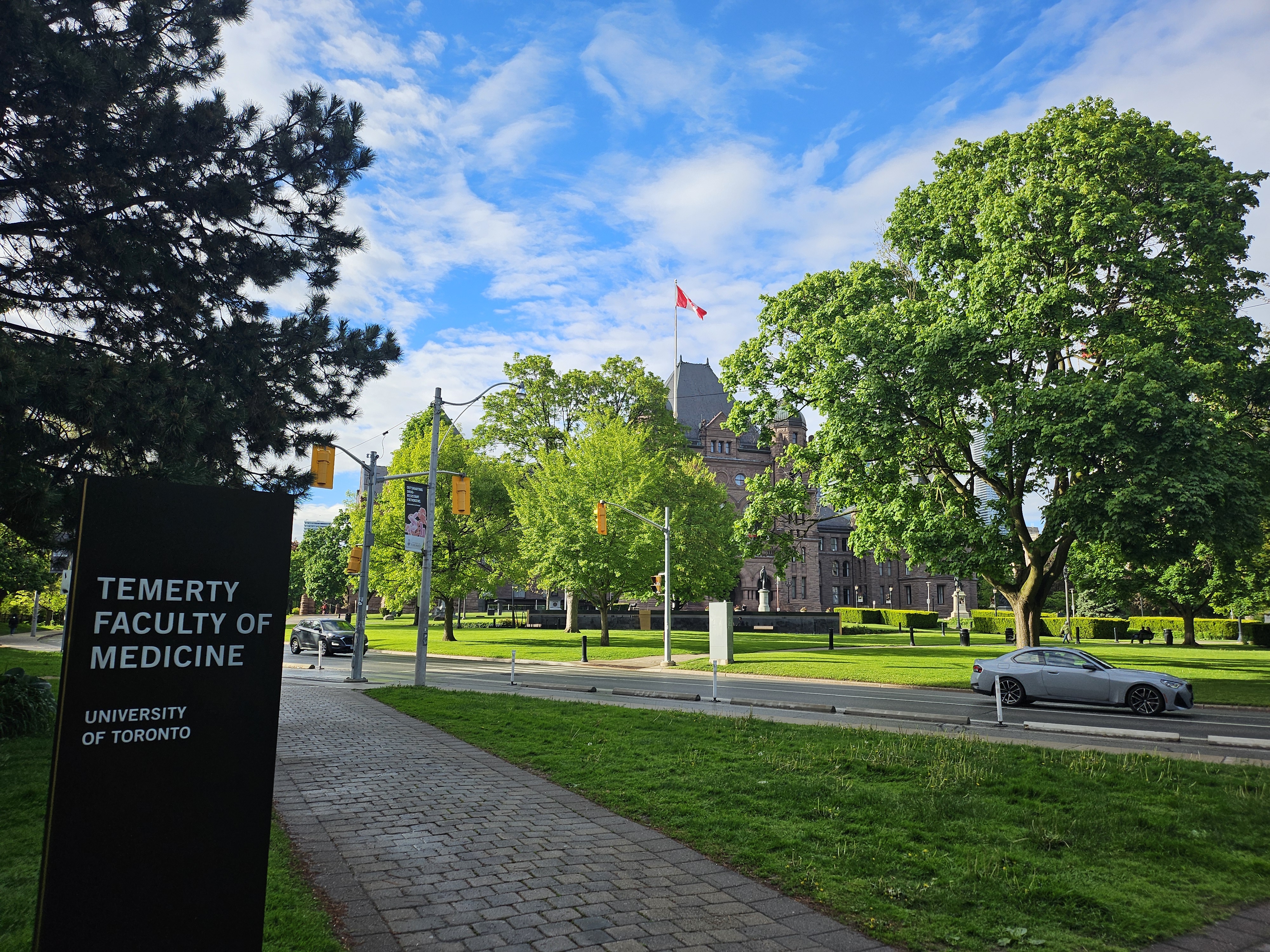 , with a focus in computational neuroscience.
, with a focus in computational neuroscience.
Tried using silicon computers to understand the fleshy computers, gave up after realizing the fleshy computers are too dang complex.
Nowadays I'm more interested in robotics, computer vision, graphics, VR/AR/MR, and occasionally revisiting my roots in neuroscience. There's a surprising amount of overlap across these fields, both in their applications and underlying principles. Linear algebra and vector calculus never seems to go out of style in these domains.
While I doubt there's a job where I get to combine all of these interests, I will continue to hone my fundamentals until the day that job comes along.
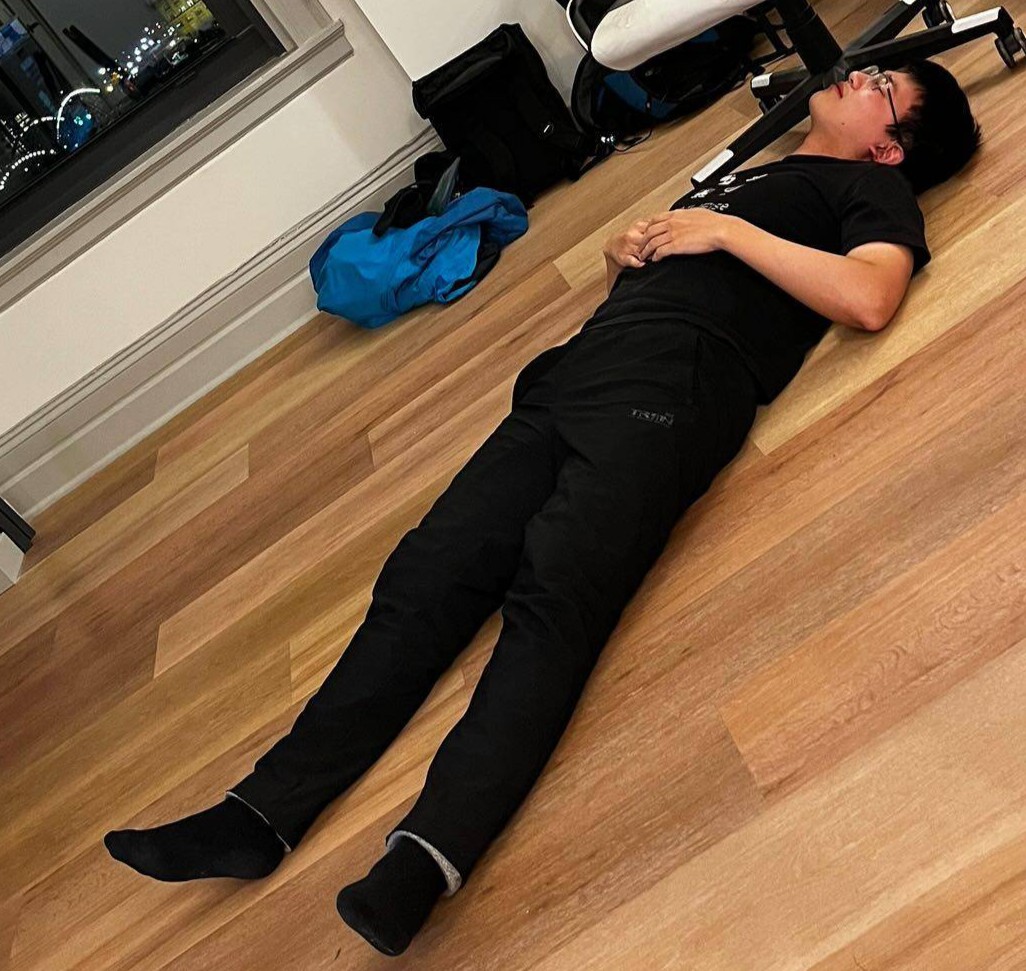
Recent works are privately backed on CMU servers, will update them here in the future
The chill music, real chill like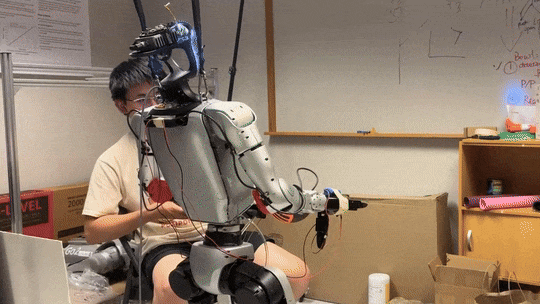
Will share more once project concludes, for now, enjoy this gif of me hitting myself in the head with a football launcher.
Hitting department directors in the headAwarded $4000 from the School of Computer Science at CMU as part of the CS+X program.
Tied for 6th (out of 77) place at the University of Toronto Start-up Competition
Problem: Information in neuroscience research is often communicated using 2D images, despite the fact that the brain being an extremely dense, 3D structure.
Solution: Create a intuitive platform that leverages the 3-dimensional nature of VR interactions to allow researchers to visualize their findings in 3D VR.
Originally a personal project, gained traction after graduating from the University of Toronto. I am the lead programmer and tech-artist for this project.
30 second demo, showing 3 key featuresPitched and presented the project to CMU faculty during fall 2024, conducted during spring 2025. Recruited others to the cause, forming a project team of 2 programmers, 1 3D modeler, 1 animator, 1 tech-artist, and 1 producer
Lead the team through rough patches during the project semester. Programmed the ESP32 in C as an input device for the Apple Vision Pro. Designed the electronic sensors from semi-conductive graphite sheets. Assisted with the Unity gameplay scripts in C#.
News article on this project, The Piper
Building Virtual World Project
A "hackathon" style project where 2 artists, 2 programmers, and 1 sound designer create a game in 10 days. We made a AR "hide and seek" game on a novel arcade platform in collaboration with CMU ECE students. My role was mainly programming the game logic to utilize the unique perspectives enabled via the high refresh rate LCD glasses that's synchronized with the projector.
YouTube video explaining the game and machine
A matlab script that runs through a complete experimental paradigm, where monetary value is encoded into shapes and colors via reinforcement learning. Experimental data is stored, running a separate script will then perform a paired t-test between the groups.
GitHub RepoMade my own custom 3D printed split keyboard with PCB from Keebio, Sakurio switch stems from Zeal Generation, shoved into Holy Panda housing @ 67g of actuation force.
Wrote a custom firmware in C that would make the rotary encoder on the PCB run different macros when different modifier keys are held (e.g. when holding ctrl, spinning it counter-clock-wise is undo (ctrl+z), spinning it clock-wise is redo (ctrl+shift+z))
DetailsEmail is the best way to reach me!